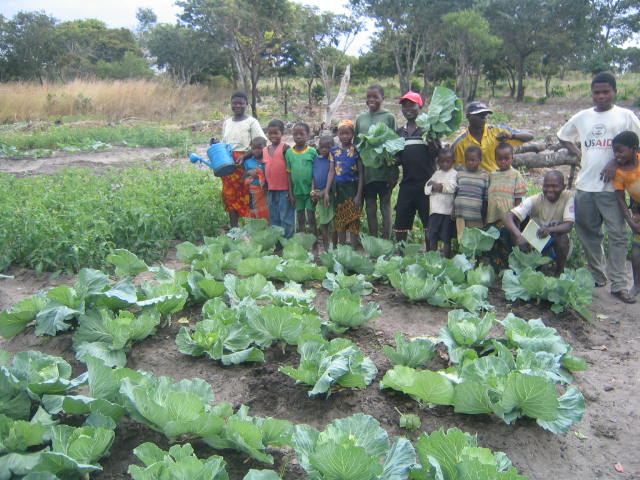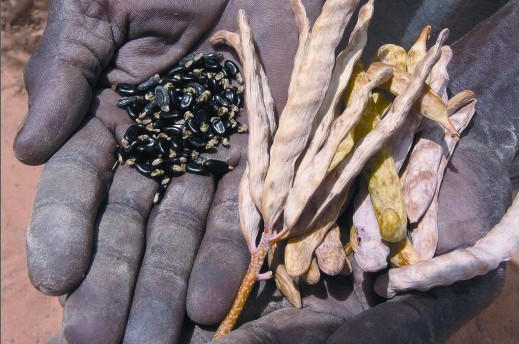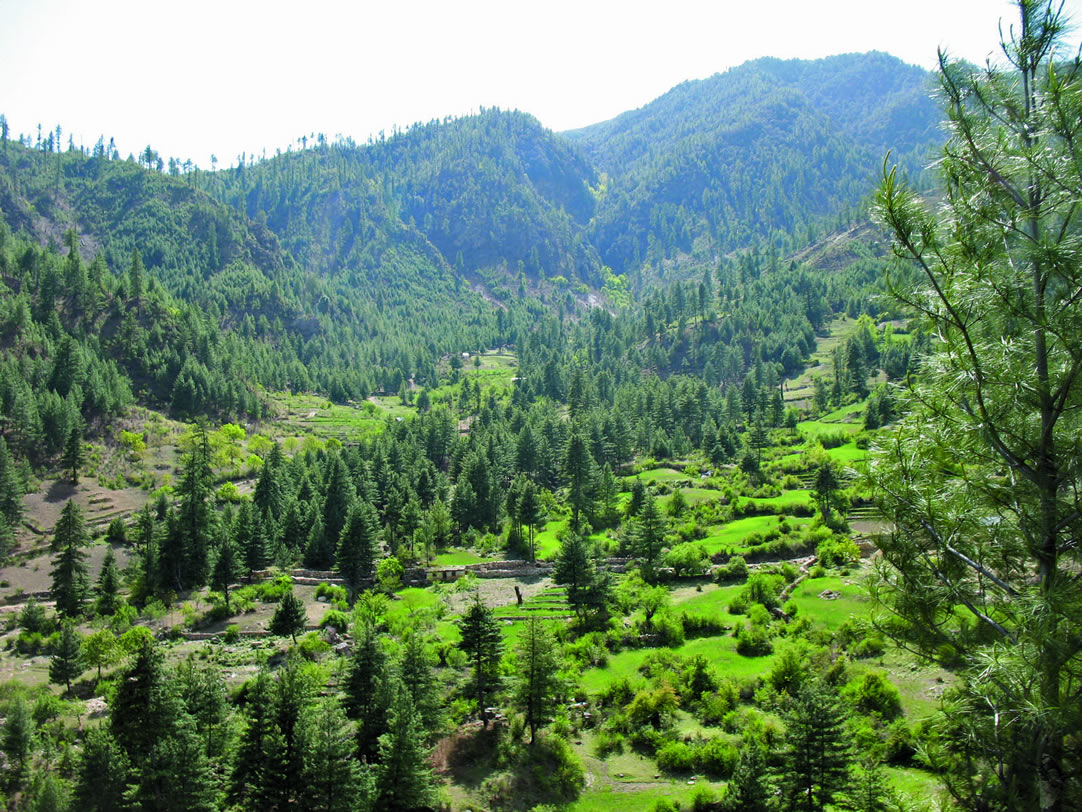Food insecurity is widespread in the developing world, despite the fact that the world produces enough food to feed everyone if food was shared equally and used efficiently. Millions of people go hungry, mainly because they can’t grow or buy enough food.
Moreover, a range of factors beyond farmers’ control – including weather, pests, war and bushfire – can affect harvests and cause serious local and regional food shortages.
Growing food in developing countries is already challenging, and climate change makes it even harder. The increased frequency and intensity of drought and flooding, combined with rapid population growth, result in an extremely difficult food production environment.
Young children, especially those under two years of age, tend to suffer most from the effects of food shortages. This is because they are highly vulnerable to low food intake and poor nutrition. Studies have also shown that the effects of malnutrition last a lifetime, reducing resistance to disease and physical and mental capacity.
Food shortages typically occur in the ‘hungry season’, when families have eaten all their food reserves from the previous year and are still waiting for the current year’s crops to mature. Without improved crop yields, better storage and family education in nutrition, the cycle of hunger will continue.
To reverse this situation, communities need the four pillars of food security:
- availability: sufficient supplies of food (via production or in local markets);
- access: physical and economic access to food, including purchasing power;
- utilisation: good nutrition;
- stability of access: sufficient food in the face of natural and economic shocks and stresses.
Our approach
To improve food security in the world’s poorest nations, we help farmers to increase the production of nutritious crops in a sustainable manner using low cost methods. This means they have more and better food to eat and sell, improving both health and livelihoods.
Food security responses include:
Increasing crop yields
Increasing the value of crops
Choosing high value as well as staple crops to increase income
Increasing labour productivity
Creating demand for more nutritious foods
Addressing cultural barriers to nutrition
Scaling up interventions and spreading knowledge on nutrition and agriculture
 Mozambique: enhancing food security and children’s nutritional status
Mozambique: enhancing food security and children’s nutritional status
Children in the Nampula Province of Mozambique suffer some of the highest rates of malnutrition in the country. The region frequently experiences partial or total crop failure, with farmers having little to no diversity of food and cash crops. The Oruwerya food security project aims to enhance food security and children’s nutritional status by increasing and diversifying agricultural production, improving the capacity of farmers in agribusiness development and improving participation of women in the leadership of farmer groups. (read more)
 Peru: accessing carbon markets to improve livelihoods
Peru: accessing carbon markets to improve livelihoods
The agroforestry and reforestation project in Canas Province is planting around 1.5 million trees across 1,000 hectares of degraded lands to mitigate environmental degradation and to sequester carbon into the landscape. Additional areas will focus on agroforestry by planting fruit trees to increase the income and food security of the communities. The project also includes community capacity building which will introduce sustainable farming practices, and improve community awareness of natural resource conservation and land governance issues related to the project. The project is also seeking to access carbon finance through the sale of carbon credits generated under the new Gold Standard A/Reforestation certification program in order to ensure long-term sustainability of the project. (read more)
 Sub-Saharan Africa: nutritious Australian energy food supporting life in the harshest African environments
Sub-Saharan Africa: nutritious Australian energy food supporting life in the harshest African environments
The seeds of certain Australian Acacia species have historically formed a part of the traditional diets of Australian Aborigines. The sub-tropical, arid and semi-arid climate of parts of Australia corresponds with many parts of the world that are subject to periodic or chronic famine, such as the Sahelian zone of Sub-Saharan Africa. Certain Acacia species from Australia’s hot, dry regions can withstand a high level of drought, thriving under adverse conditions in which annual plants barely survive. The seeds are tasty, safe to consume and nutritious. This makes Acacia ideal for increasing reliable access to food in Africa and reducing poverty through the sale of its seeds. (read more)
 Nepal: targeting food security through better information about changing environmental conditions
Nepal: targeting food security through better information about changing environmental conditions
By analysing the last 50 years of weather data at Jumla (far west Nepal), it has been possible to gain an idea of how the weather is changing. The rainfall remains variable, but it is falling at different times of year, and more often heavier and less frequent. Temperatures are rising, especially on the hottest days in winter. Many local people are already changing from thick flat roofs on their houses to steep roofs to drain away the rain. Our work has led to changes in the design of greenhouses, not only to ensure the vegetables do not freeze at night in winter, but to ensure that the greenhouses do not get too hot during the day. Then, from the size of the greenhouse roof, a rainwater collection system can be built with enough storage so that the vegetables can be watered throughout the year. (read more)
